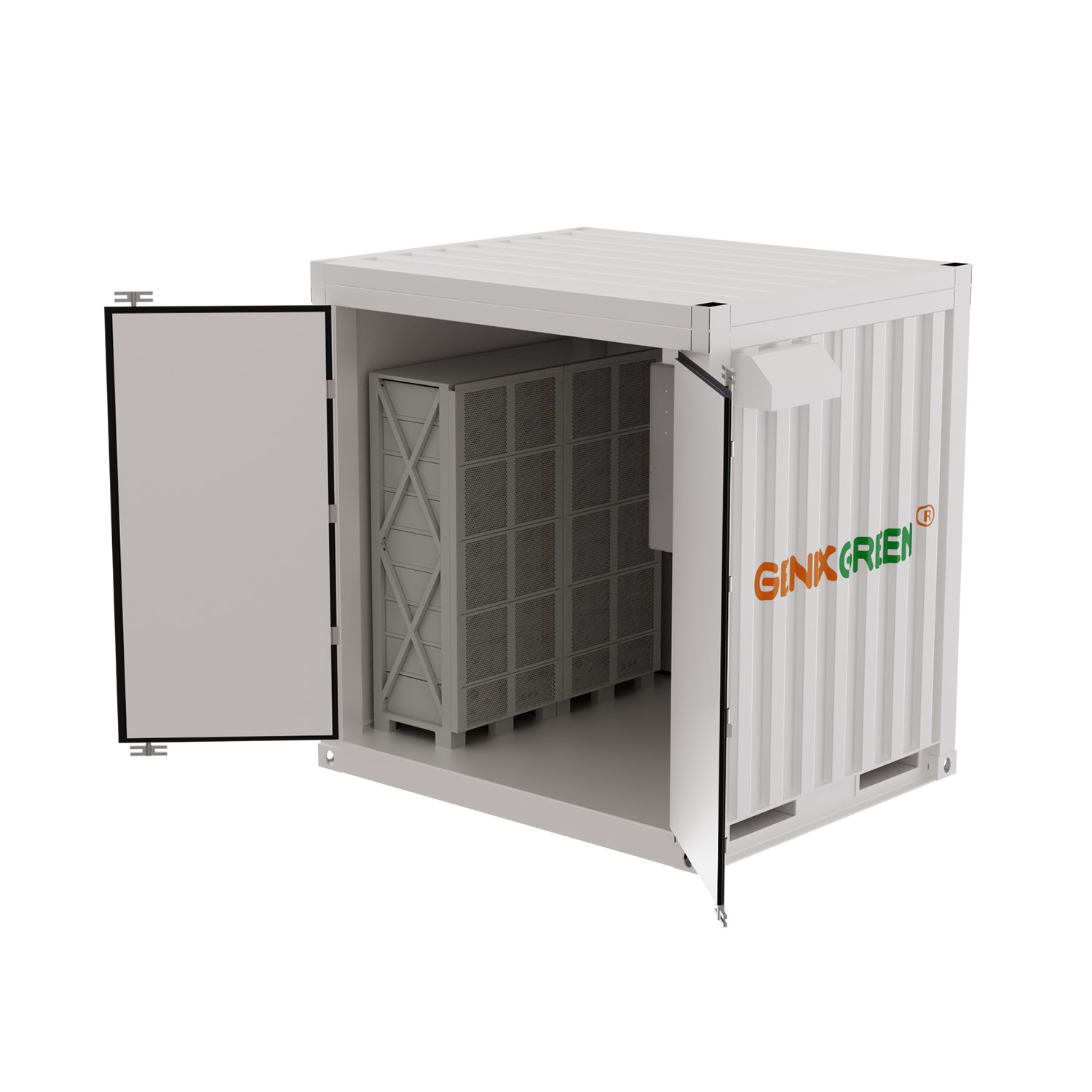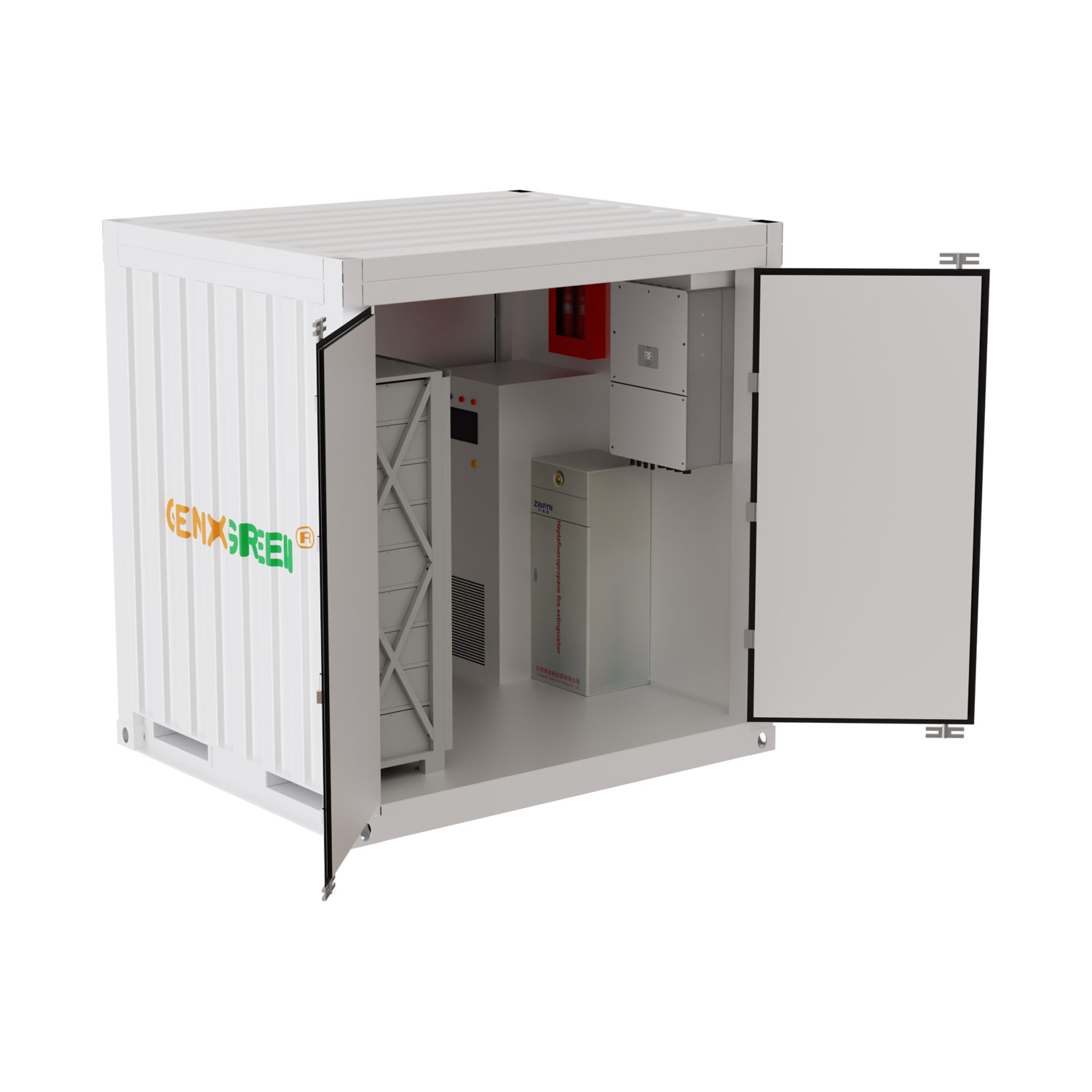Inverters play a crucial role in converting direct current (DC) electricity from renewable energy sources or batteries into alternating current (AC) electricity suitable for powering household appliances. Choosing the right inverter for your home is essential ensure optimal performance, efficiency, and compatibility with your power requirements. This comprehensive guide aims to provide you with a step-by-step approach to selecting the most suitable inverter for your home.
Before diving into the selection process, it's important to evaluate your power needs. Calculate the total wattage of all the appliances and devices you intend to power simultaneously. Consider both the continuous power rating and the peak power requirements. This assessment will help determine the size and capacity of the inverter you need.
There are three main types of inverters: standalone inverters, grid-tie inverters, and hybrid inverters. Standalone inverters are used in off-grid systems, while grid-tie inverters are designed for grid-connected systems. Hybrid inverters offer the flexibility of both standalone and grid-tie functionality. Choose the type that aligns with your specific requirements and the availability of the power grid in your area.
The inverter capacity should match your power needs. Look for inverters with sufficient continuous power output to handle your appliances' combined wattage. Additionally, consider the surge power capacity to accommodate high starting currents of certain devices. Oversizing the inverter slightly can provide headroom for future expansion.
Efficiency is a critical factor as it determines how effectively the inverter converts DC power to AC power. Look for inverters with high efficiency ratings, preferably above 90%. Higher efficiency translates to lower energy losses and reduced electricity bills. Additionally, consider the inverter's voltage regulation, harmonic distortion levels, and temperature tolerance for optimal performance.
Different inverters offer various features and protections that enhance their functionality and safeguard your appliances. Look for features such as multiple AC outlets, LCD displays, remote monitoring capabilities, and built-in surge protection. Additionally, ensure the inverter has safety features like overload protection, short-circuit protection, and over-temperature protection.

Evaluate the installation requirements and complexity of the inverter system. Some inverters may require professional installation, while others can be easily installed by homeowners. Additionally, consider the maintenance requirements and availability of technical support or warranty services.
Research reputable brands known for manufacturing reliable and high-quality inverters. Read customer reviews and testimonials to gain insights into the performance, durability, and customer satisfaction of different models. Consider factors such brand reputation, warranty coverage, and after-sales support.
Set a budget for your inverter purchase, considering both the upfront cost and long-term savings. While it's tempting to opt for cheaper options, prioritize quality, reliability, and efficiency over cost alone. A well-built, efficient inverter may have a higher initial investment but can save you money in the long run through reduced energy consumption and maintenance costs.
First, determine the type of battery you are using, such as lead-acid, lithium-ion, or sodium-sulfur batteries. Different types of batteries have different characteristics and charging/discharging requirements, and the inverter needs to be compatible with the selected battery.
Determine the desired power output from the inverter. This depends on the total power requirement of the loads you plan to connect to the inverter. Ensure that the rated power of the inverter is sufficient to meet your needs, with some margin for handling peak loads.
Understand the input voltage range of your battery system and ensure that the inverter's input voltage range matches it. This ensures that the inverter can operate properly and extract energy from the battery.
Some inverters may have additional features such as battery management systems, intelligent monitoring, communication interfaces, etc. Choose an inverter that has the required features based on your needs and preferences.
Select inverters from reputable brands and check user reviews and professional evaluations to ensure their quality and reliability.

Selecting the right inverter for your home crucial for ensuring reliable and efficient power conversion. By assessing your power needs, considering the inverter type, capacity, efficiency, features, and protections, as well as evaluating installation requirements and maintenance considerations, you can make an informed decision. Remember to research reputable brands and read customer reviews to gauge the performance and reliability of different models. Investing in a high-quality inverter that meets your specific requirements will provide you with a reliable and sustainable power solution for your home.
It is worth noting that our battery adapter on the market 90%of the inverter,with the majority of the inverter compatible
